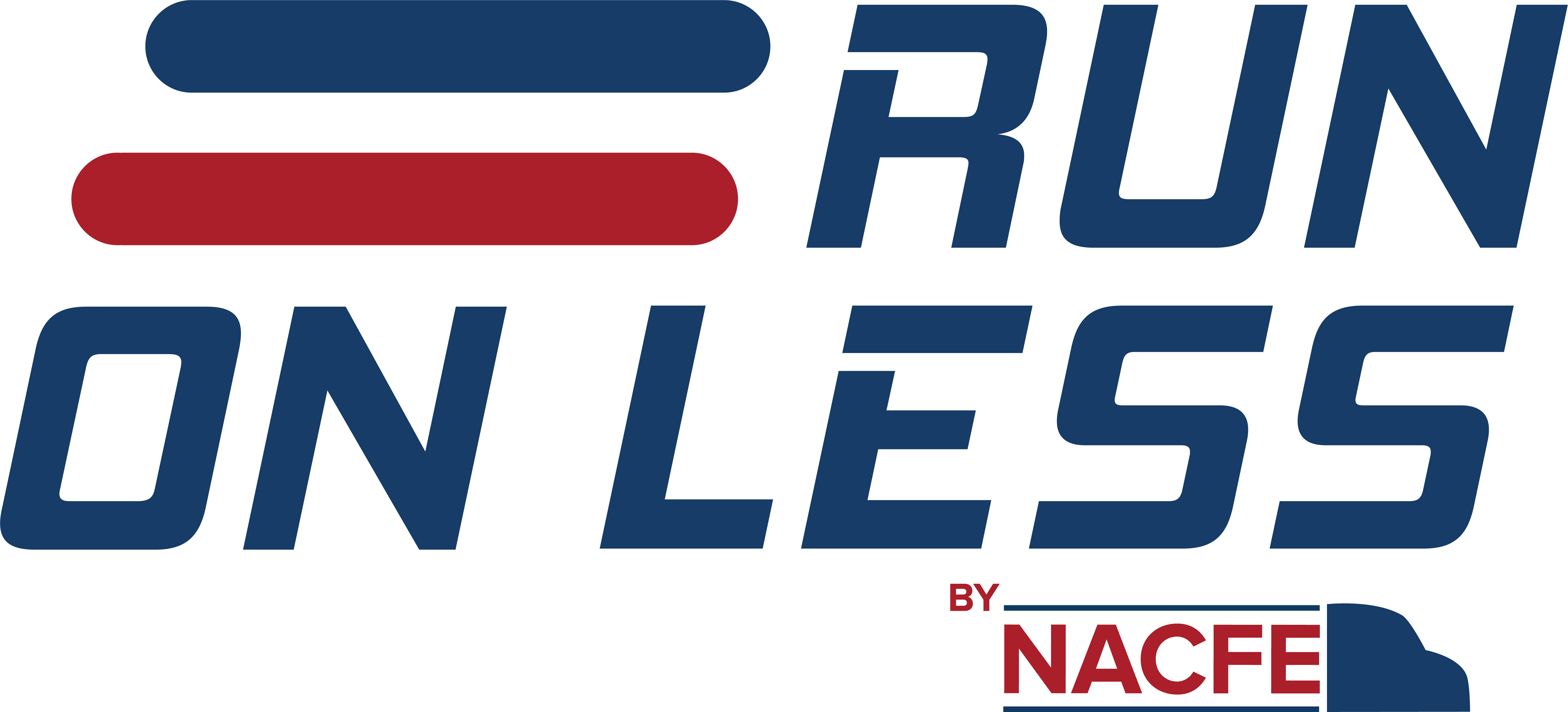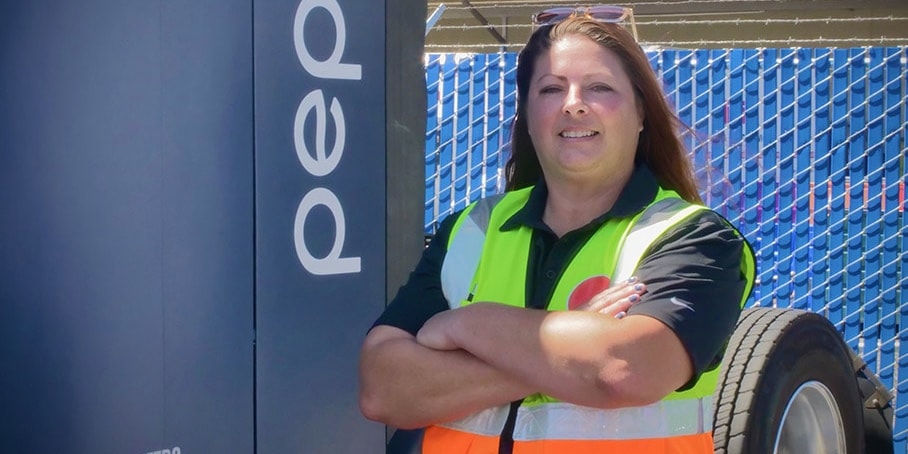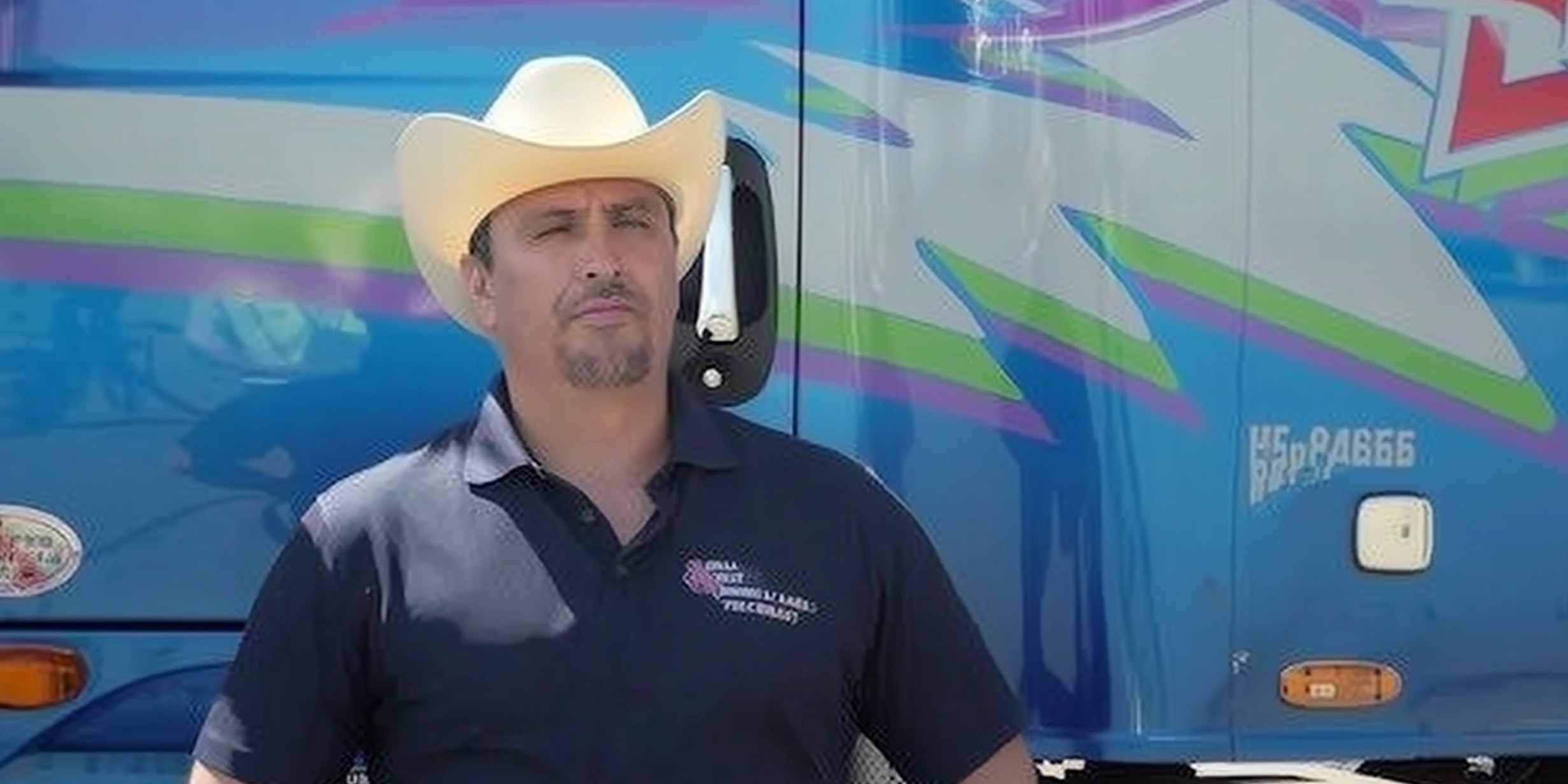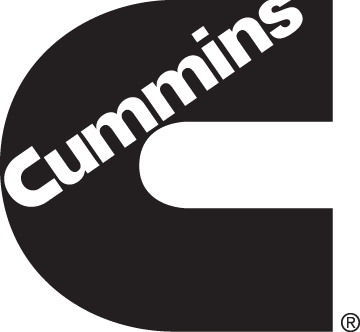NACFE Releases Initial Findings From Run on Less – Messy Middle
Fort Wayne, Indiana — October 23, 2025 — The North American Council for Freight Efficiency (NACFE) announced its initial findings based on data from Run on Less – Messy Middle, Bootcamp trainings and interviews with fleets leading up to the Run.
“While we will be doing a deeper dive into the data in the coming weeks and months, we are excited to share our initial findings from this unique event which featured 13 fleets and four different powertrain options,” said Mike Roeth, NACFE’s executive director.
Here is a summary of the initial findings:
- Powertrain technologies in the trucking industry are constantly evolving yet must compete directly on cost and performance in an environment of shifting regulations and incentives.
- Fleet owners, their customers, and the public continue to value sustainability efforts while still looking for good returns on their investments.
- Fleets have more powertrain choices from OEMs, which is creating challenges given the increasing segmentation of the truck market.
- Recent significant powertrain advancements include a 15L natural gas engine, 400+ mile battery electric vehicles, high power fast charging stations, increased availability of renewable natural gas and bio and renewable diesel, and new high-volume OEM entrants.
- All the powertrain technologies are improving and revealing new benefits. However, challenges persist, especially with fueling/charging infrastructure, weight, and cost.
- Natural gas trucks are satisfying the needs of diesel with more power, torque, range and quick fill times.
- Battery electric truck range, weight and costs are becoming more competitive with diesel trucks in similar duty cycles.
- While production of renewable fuels is increasing, it remains well below what is needed for widescale adoption by fleets.
- Hydrogen in freight movement is still a nascent technology but is showing promise in certain use cases.
“The Run on Less showcase provides an excellent opportunity for fleets to see firsthand how technology innovations are delivering results across diverse duty cycles,” said José Sampiero, vice president On-Highway Engine Business, Cummins. “This real-world collected dataset will continue to reinforce what some customers are already experiencing.”
In addition to the findings, there is some interesting performance data for each of the fuel types.
- Two diesel trucks traveled a combined 22,550 miles at an overall average of 11.6 MPG.
- A truck equipped to run on 99% biodiesel ran 5,418 miles at 9.5 MPG.
- The three natural gas trucks ran challenging routes, heavy with double and sometimes triple trailers over 20,739 miles. A majority of those miles were run over 120,000 GVW.
- The fleets are using RNG contracts with a reduced carbon intensity covering most of these miles.
- One BEV completed 465 miles on a single charge.
- A BEV slip seated (dual shift utilization) covering 3,676 miles over the 18 days with the truck driving 52% and charged only 13% of the time.
- A BEV covered 875 miles in a single day and 5,740 miles over 18 days using only public charging.
- A hydrogen fuel cell truck with 100% uptime, covered 4,076 miles over the Run, one day at 411 miles, at 7.8 miles per kg H2.
These initial findings are just the beginning of NACFE’s reporting on Run on Less – Messy Middle. “We will release a dataset that will include detailed metrics from all 14 trucks on November 3rd; we will publish a report in January on the mechanics of the Run; we will hold a “potluck” data analysis workshop in February; and we will publish a detailed analysis of the findings from the Run by mid-2026,” Roeth said.
The Run, delivered by NACFE, is made possible through sponsorships with Cummins and Shell as title sponsors, as well as a host of companies that are event and supporter sponsors including Geotab, the official data partner for the Run.





